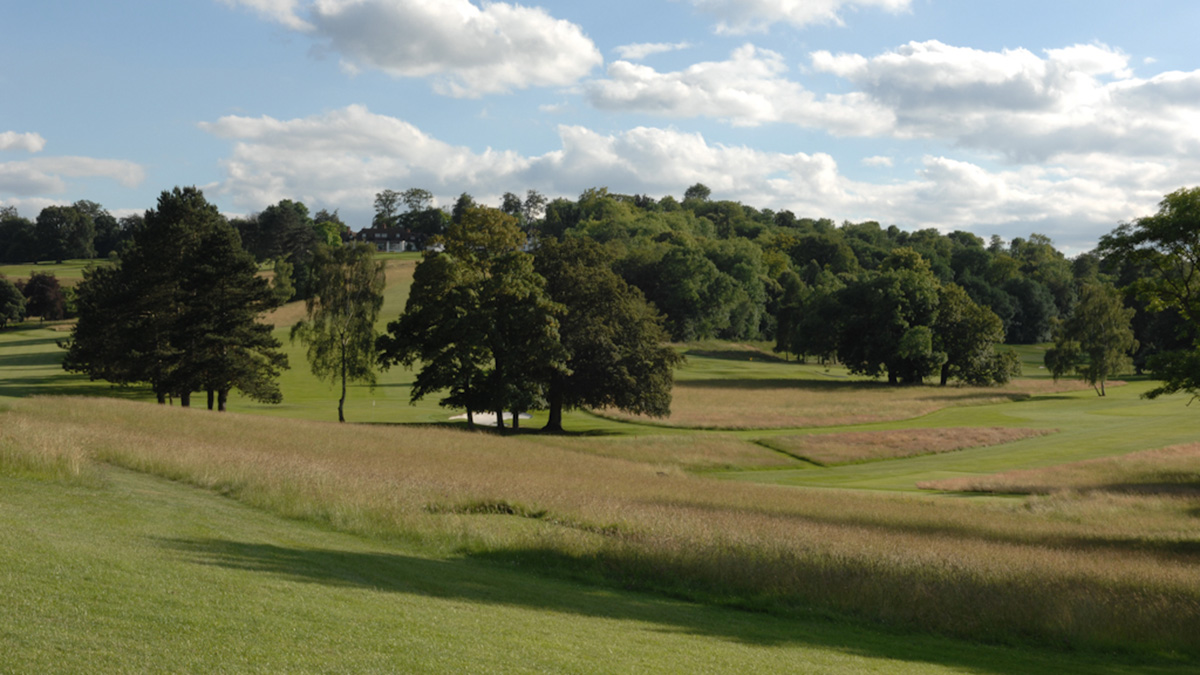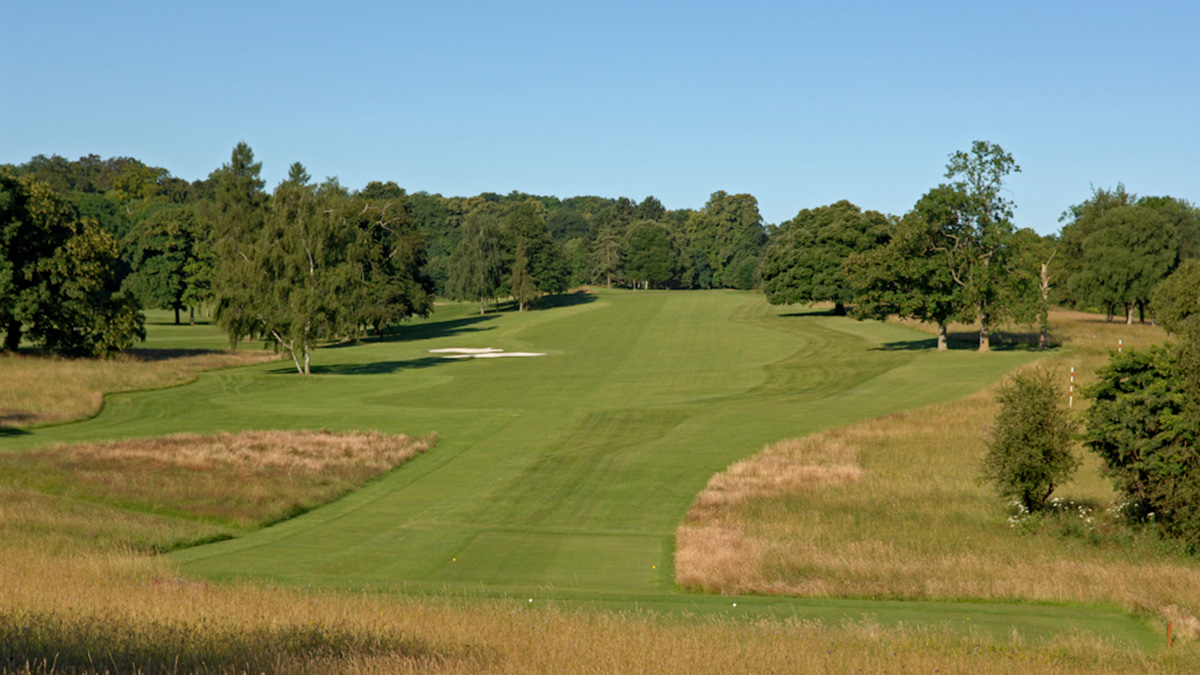- Homepage
- News and Features
- How does a downland course get ready for summer?
How does a downland course get ready for summer?
This article was featured in the Spring 2018 edition of Your Course magazine
October, November, December – three months where we are probably thinking of anything but the start of the next golfing year.
But if Temple course manager Ben Kebby wants his chalk downland course to be ready for the dawn of a newseason, it’s the autumn that is absolutely crucial.

“The most difficult time for us is October through to December because we start our winter projects in October,” he explained. “The team goes down to winter work hours – it’s nine hours a day in the summer and seven in the winter, we have got leaves falling and the grass is still growing. So, we are trying to do far more from October to December than we did in the summer period but with fewer man hours and the additional leaf clearance and construction work.
“Then, when we get into January, we’ve got our woodlands work that lasts from January to March. All of a sudden, it’s March aeration and we are into the season again.”
Two other pressing issues make life harder for Ben: “The members have qualifying competitions all year round. We cannot put hole stabilisers in the greens and we have to change holes more than we would actually like to –to make sure the holes are crisp all the way through.
“We have to use our medal tees so we don’t lose that yardage across the course and make them non-qualifying competitions. You would like the main medal tees closed for the winter, so they are perfect come April but we can’t do that.
“What makes it even harder for our site is that we are north facing. We don’t get warm or see true growth up until late May. That’s where we are actually feeling that the soil temperatures are high and we are getting growth daily and we are back into our cutting programme.
“We have to be really careful to make sure the course doesn’t get too torn up through the winter, because it will then take until June to repair.
“The most important time, from a fertility point of view, is October through until December.
“We make sure that all surfaces across the course are healthy going into winter – they all have full coverage.
“When we get into December, we’ve put the fertility programme in place to make sure we have got full coverage for the wear and tear.”

Being a downland course also proves a double-edged sword. While it drains particularly well and Ben won’t be dealing with standing water, those superb conditions prove a magnet for visiting golfers.
So, the increased green fees bring challenges if the course is to get into April intact.
“What we see is damage through wheeled vehicles,” Ben said. “We have to control wear and tear with ropes andposts and these go out really early – in October. We know that because we stay open, when others are closed around us, the golfers will migrate to us to play.
“We get an increased amount of play against other clay- based parkland courses, which then can cause more wear than we would get if it was just members.”
Add in the prospect of disease – “the pressure has been as much as I’ve ever known,” Ben said of last autumn – and what you get is a greenkeeping tightrope. If we do not control the scarring before Christmas then we will see that in March and it won’t be fully repaired until possibly April. We are really on the edge of our limit. The important time for us is our October through to December.”
Temple Golf Club
Twice Open champion Willie Park Jnr is responsible for this ‘inland links’ in Berkshire, which was founded in 1909. Temple is built on land once owned by the Knights Templar, the famous Crusader warriors, and three-time Open champion Sir Henry Cotton was appointed professional in 1954. The chalk downland course is set out over the picturesque Thames Valley.
Tags
Author

